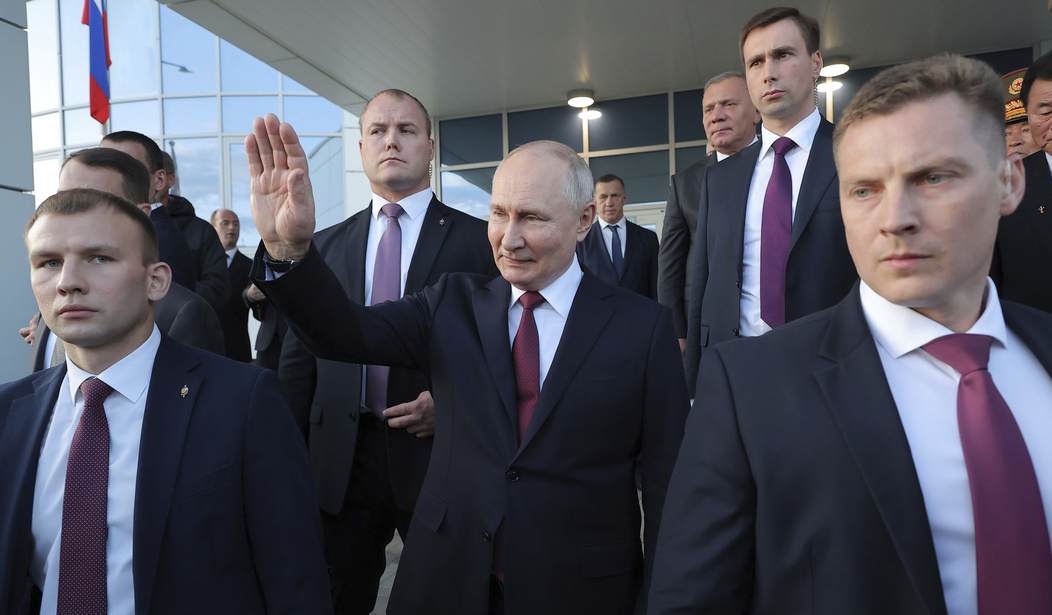On one level, it looks like the military leaders in the Russia-Ukraine war have settled on World War I methods for fighting.
Both sides are dug in for trench warfare along a front hundreds of miles long. Not much land is changing hands – the fronts of the war have barely moved over the last year – and the pace of the fighting ebbs and flows with the weather and other factors.
But on another level, this war is being fought on a technical level never before seen. Russia wants to break Ukraine’s cyber capabilities in all phases. Its philosophy of war always has been to not only disable military capabilities but to terrorize the civilian populations of the places it invades, and it is using technology to compound the suffering of Ukrainian civilians.
Some Ukrainian companies, such as Ukrtelecom, have had some success at defending the country against some of these multi-phased attacks and are working with the government to do more. But there’s a lot to defend against.
Russia uses every tactic in the arsenal, including “zero day” attacks for which there often is no effective defense. Russia launched 74 million malware attacks on Ukraine in the month of July 2022 alone, using ransomware to encrypt files on devices, then later demand ransom from the devices’ owners in exchange for decryption.
This is not a one-off thing. Cyberwarfare was part of the Russians’ plan from the beginning.
An hour before Russia launched its invasion of Ukraine on Feb. 24, 2022, Russia launched a series of cyber attacks to try to limit the Ukrainians’ opportunities to communicate and respond. The Ukrainian military was the primary target, but personal and commercial internet users and even wind farms were affected in Ukraine and throughout Central Europe.
Six weeks earlier, Russian military intelligence almost certainly directed attacks that defaced Ukrainian government websites and deployed destructive malware – a signal it could do anything it wanted on a cyber basis to the government of Ukraine without repercussions.
Recommended
Later in the year, Russia mounted a cyber attack on Ukraine’s power grid at a facility near the front lines. The hacking group known as Sandworm, which has been identified as a product of Russian military intelligence, caused a power cut in Ukraine by tripping circuit breakers at an electrical substation at the same time as a missile attack on the facility.
Thousands of Ukrainians were without power for weeks after this attack.
The new and varied forms of these attacks represent significant gains in Russia’s cyberwar capabilities. Its mixture of cyber and missile attacks – breaking up communications then following that with explosions – represents a new paradigm for warfare.
And that’s not all.
The U.S. Department of Defense reported in September that Russian intelligence services are collecting personal data on Ukrainian soldiers and their families. The Russians have developed at least two fraudulent websites that look like they offer resources for supporting the families of Ukrainian military personnel who are prisoners, missing or dead.
The sites offer to connect users with help in their searches for their loved ones and in supporting families of the missing and dead. The Russians collect personal information from captured soldiers and send text messages to their families offering to help them find their missing loved ones if they will fill out a questionnaire. The questionnaire demands personal information the Russians then use against the family members.
They also have targeted the mobile devices of Ukrainian military personnel in an attempt to steal classified information about the war that could help Russia.
The Ukrainian government has urged citizens to ignore these appeals and not provide personal information.
The Russians seem to be trying a lot of techniques to use cyber warfare to terrorize the civilian population in Ukraine. It is testing methods that could be used against wider populations and different enemies, including in Europe and perhaps even the United States.
The consequences of this technology-assisted assault on Ukraine’s citizens are not fully known, but they involve the relocation of perhaps tens of thousands of Ukrainian children to Russia.
They also mean that Russia is building these competencies for other conflicts. The Ukrainians have been their test case. Whoever is next should begin preparations now.
























Join the conversation as a VIP Member